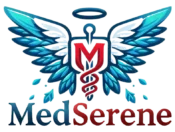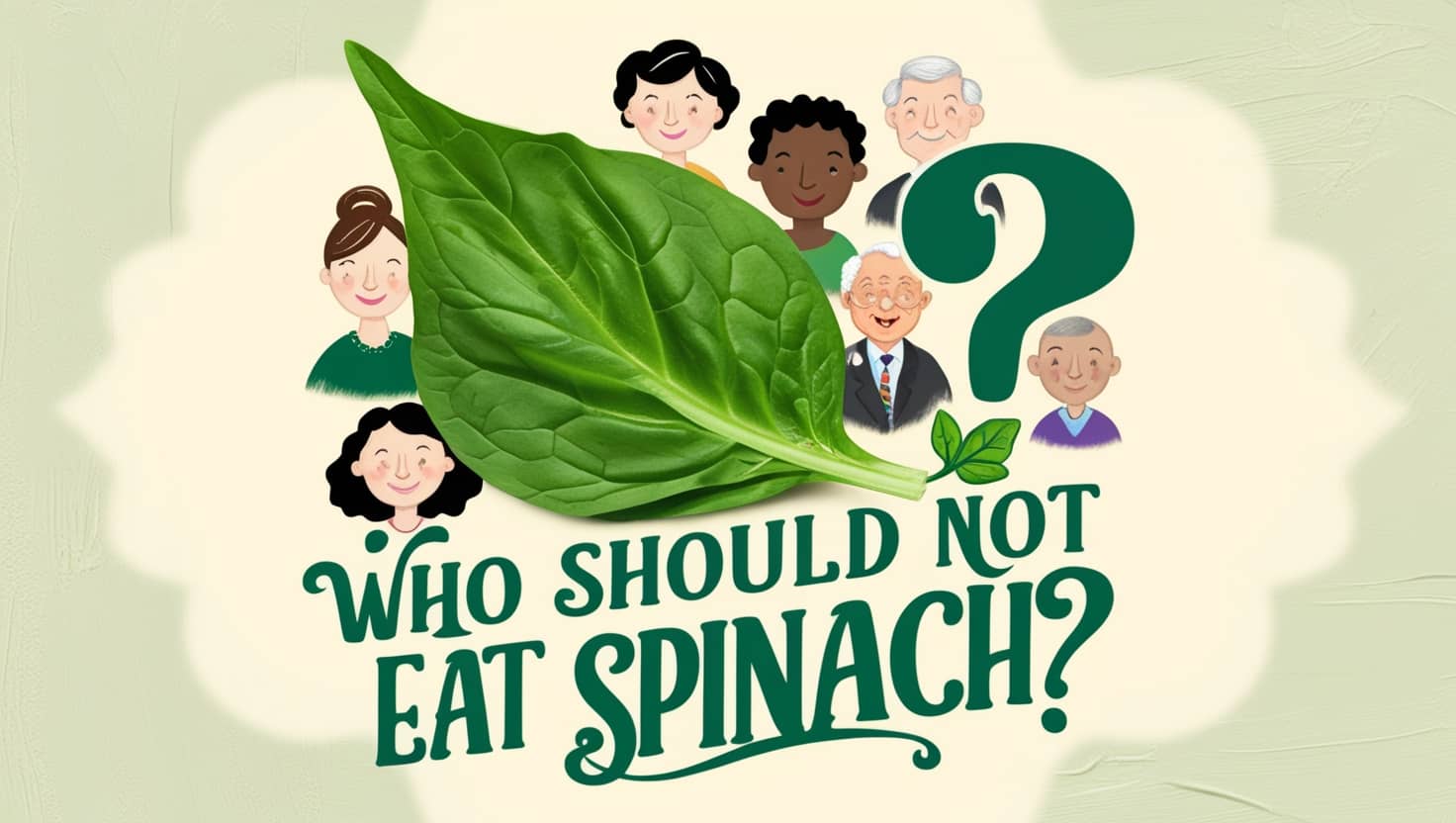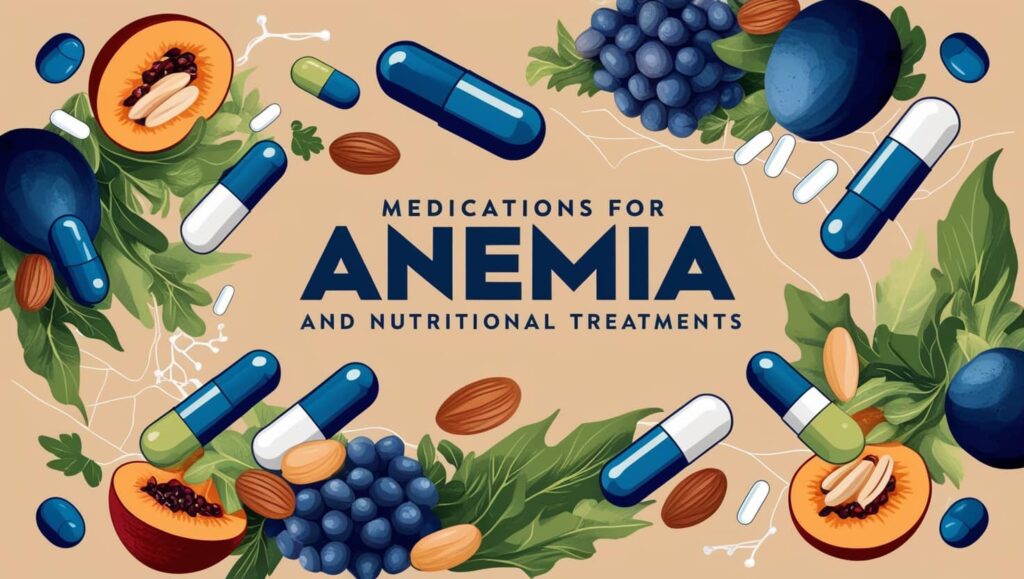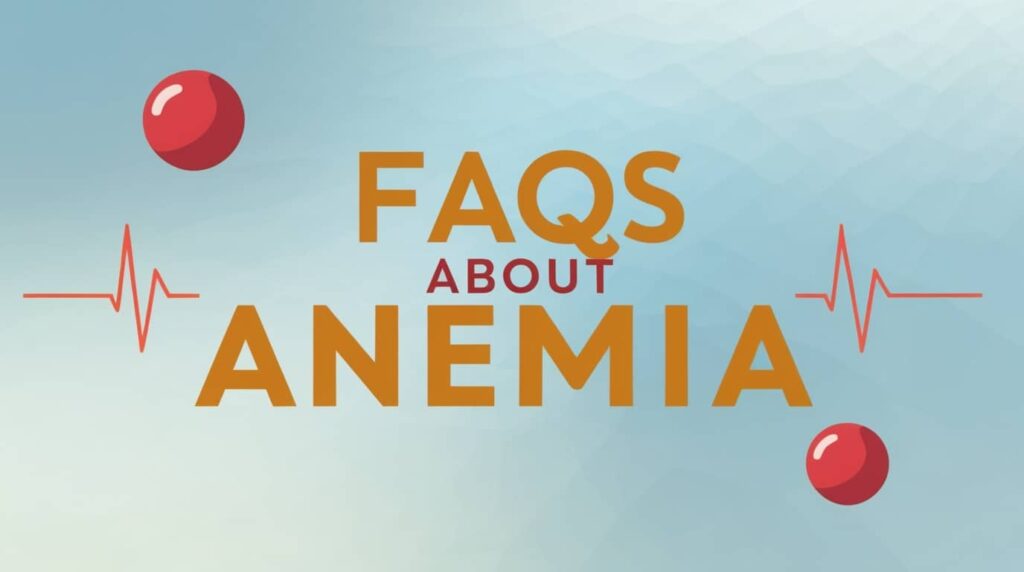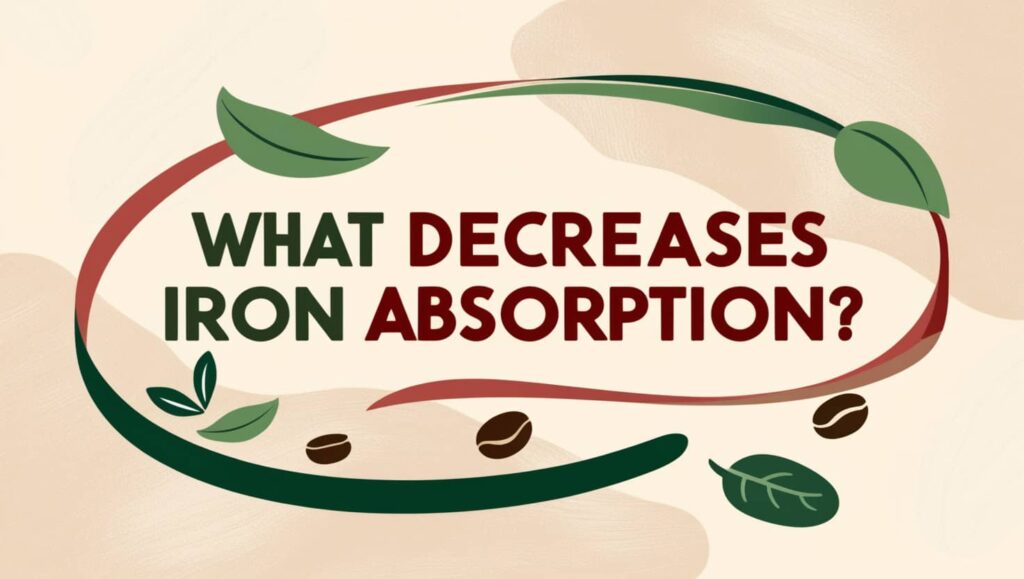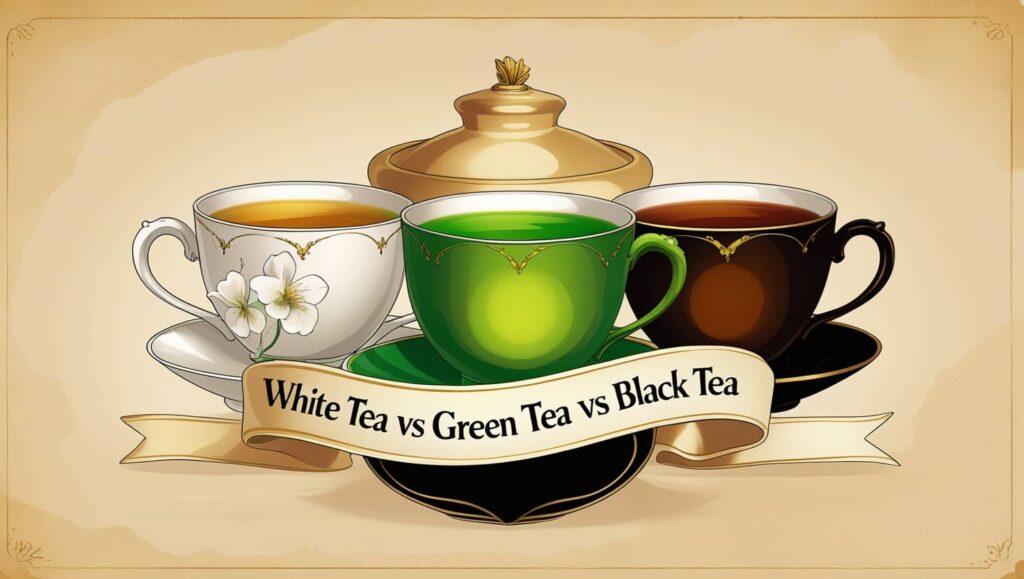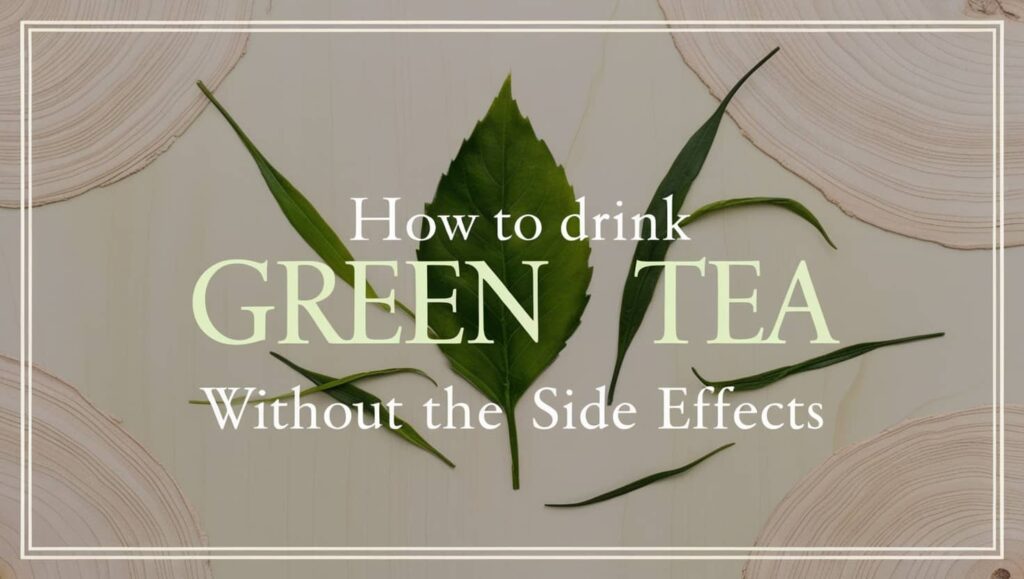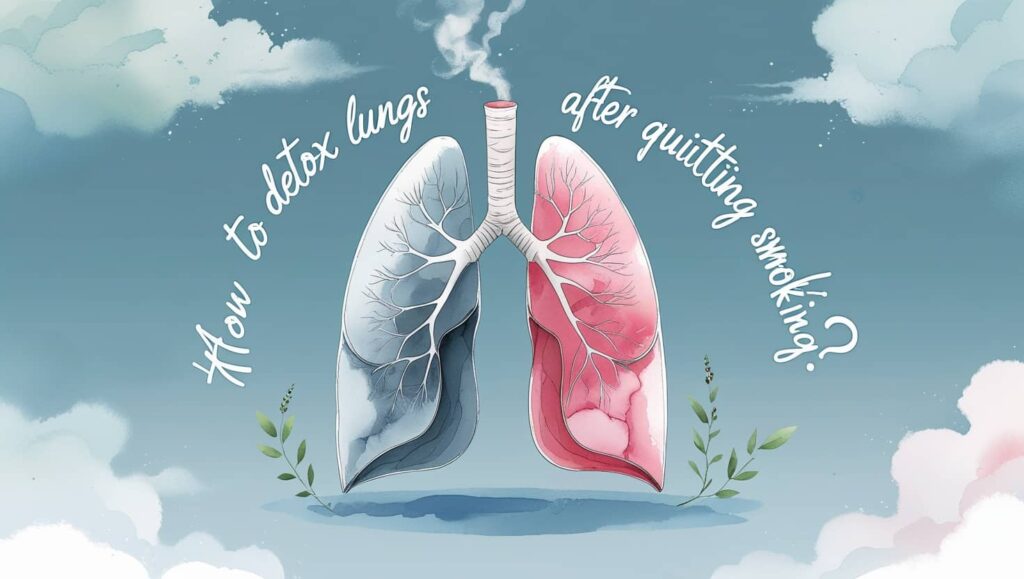The green vegetable spinach (Spinacia oleracea L.) is farmed on 31,770 hectares in Spain and the European Union, yielding 86,990 tonnes per year. Its peticulate leaves form a rosette on its rotating root. Since its introduction by Arabs in the 11th century, spinach has grown to be a staple in Europe, accounting for 89% of domestic consumption and 11% of exports. Let’s discuss in detail the benefits and considerations of consuming spinach.
Overview & Composition
In most parts of the world, spinach as a flowering plant, is eaten for its culinary and health benefits. It has roughly 3 g of protein per 100 g. Stilbenes, phenolic acids (hydroxybenzoic acid, like p-hydroxybenzoic acid, and hydroxycinnamic acid, like p-coumaric acid), carotenoids (particularly lutein), and lignans (secoisolariciresinol, and lariciresinol) are abundant in spinach. They can be good for your health after being broken down metabolically during digestion. The radioimmunoassay technique has confirmed scientific studies indicating that spinach contains hormone-like peptides, including insulin-like peptides and somatostatin-like material.
Health Benefits of Spinach
Consuming spinach has been linked to some health benefits, including cardiovascular protection, lipid-lowering qualities, anti-obesity effects, hypoglycemic activity, anti-inflammatory effects, anti-cancer properties, neuronal protection, and animalcular degeneration.
Because fresh spinach contains a lot of phenolic or flavonoid components, chlorophylls, ferulic and caffeic acid, quercetin, patuletin, spinacetin, and jaceidin—most of which are found in the leaves and are at their highest in the summer, it is identified to have antioxidant qualities.
When Can Spinach Be Harmful? What Health Risks May It Cause?
When taken in the right amounts, spinach extracts are generally safe for human consumption. Overconsumption, however, could be harmful as follows:
- Because it produces harmful substances like methaemoglobin and nitrosamines, nitrate in crops and food products poses a major health risk.
- High intake of nitrate-rich foods, such as cooked spinach, raises the risk of stomach cancer, according to case-control research conducted in Korea.
- Due to its high nitrate level, spinach should not be consumed frequently.
- To stop nitrite from forming, it is recommended to stay away from situations that cause reduction, such as storage conditions and high temperatures.
- Because nitrites may cause methaemoglobin to form, it is recommended that children use spinach after the fourth month.
- Antioxidant activity in human blood is impacted by spinach product consumption, but no negative side effects have been documented. When spinach is consumed, erythrocytic glutathione reductase activity increases, but erythrocytic catalase and serum levels decrease.
Who should avoid spinach?
Spinach should be avoided or used with caution with those who have kidney stones, blood-clotting disorders, iron overload, gout, thyroid problems, digestive sensitivities, or allergies.
The molecular mechanisms of spinach antioxidants’ effect on pathogenesis, particularly the regulation of carcinogenesis, will be the main focus of future nutrition and disease prevention research. Determining the nutritional state of blood and tissues and identifying biomarkers will aid in the development of dietary changes that will avoid disease.
References
Sosalagere, C., Kehinde, B. A., & Sharma, P. (2022). Isolation and functionalities of bioactive peptides from fruits and vegetables: A review. Food Chemistry, 366, 130494. https://doi.org/10.1016/j.foodchem.2021.130494.
Murcia, M. A., Jiménez-Monreal, A. M., Gonzalez, J., & Martínez-Tomé, M. (2020). Spinach. In Nutritional composition and antioxidant properties of fruits and vegetables (pp. 181–195). Elsevier. https://doi.org/10.1016/B978-0-12-812780-3.00011-8.
Lomnitski, L., Bergman, M., Nyska, A., Ben-Shaul, V., & Grossman, S. (2003). Composition, efficacy, and safety of spinach extracts. Nutrition and Cancer, 46(2), 222–231. https://doi.org/10.1207/S15327914NC4602_16.

